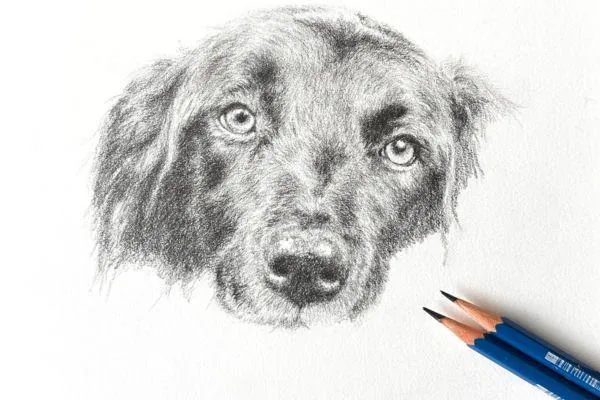
The Art of Practice
The Art of Practice: Building Skill and Confidence as an Artist

In my latest coaching call in the Animal Artists Academy, we discussed the topic of 'The Power of Practice in Art' and how important it is to continue to grow as an artist.
We’ve all heard the saying “practice makes perfect,” but when it comes to art, that’s not entirely true.
It’s not just about practising more; it’s about practising the right way.
Purposeful, consistent practise builds skill, confidence, and artistic awareness. When you learn how to practise effectively, you set yourself up for real growth in your drawing journey.
Practice Makes Progress, Not Perfection
Repeating the same technique doesn’t automatically lead to improvement.
If we continue practising mistakes or poor habits, we only reinforce them.
True progress comes from intentional practice, approaching each session with curiosity, reflection, and the willingness to learn.
Instead of striving for perfection, aim to understand what works, what doesn’t, and how you can improve next time. Each small step forward counts.
The Power of Honest Self-Assessment
One of the most valuable tools an artist can develop is self-assessment.
After each drawing, take a moment to reflect:
What part of this drawing worked well?
Which areas still need refinement?
What challenges do I keep encountering?
Honest self-assessment isn’t self-criticism, it’s awareness.
It helps you recognise where your skills shine and where focused practice can help you grow.
This kind of reflection turns practice into purposeful progress.
Discipline and Routine
Artistic growth doesn’t happen overnight; it comes from steady, consistent effort.
Setting aside dedicated time for drawing, even in short sessions, is far more effective than waiting for large blocks of free time that may never come.
Think of your practice as building artistic muscle.
A few short, focused sessions each week strengthen your skills far more than an occasional marathon drawing day.
Discipline doesn’t mean you need to keep a rigid routine; it simply means showing up regularly for your art.
Small, Manageable Practice Drawings
Not every drawing needs to be a finished piece.
In fact, short, manageable studies are often the most effective form of practice.
Try setting a timer for 15 or 30 minutes and focus on one specific element:
The shape of an animal’s eye or ear
Fur or feather textures
Tonal values and contrast
Proportions or anatomy
These small exercises are achievable, less intimidating, and help you make consistent progress.
Over time, the improvements in your larger artworks will speak for themselves.
Here are some of my practice pieces that explore colours, form and texture on a small scale.
Photo references: Kate Jenvey, Alyona Nickelsen, Ann Swan, Pixabay
Practise What You Struggle With
The most productive practice targets the areas that challenge you most.
If something consistently feels difficult, that’s where your next practice focus should be.
For example:
If proportions are your concern, practise basic outlines or gesture sketches.
If your values are incorrect, work on tonal studies and a value scale.
If textures are a struggle, fill a page experimenting with pencil strokes and layering.
By isolating one skill at a time, you can refine it before bringing it back into your full artworks.
This method is both efficient and confidence-building.
I struggled with the shape horse's legs and hooves when I was younger and so I practiced them relentlessly until I could comfortably draw them with the correct anatomy to look realistic.
A Willingness to Learn
At the heart of meaningful practice is a willingness to learn and I can't stress this enough!
Every piece, successful or not, teaches you something valuable.
Stay open to experimenting with new techniques, seeking feedback, and observing other artists’ processes.
When you view challenges as learning opportunities rather than setbacks, your growth becomes both enjoyable and steady.

Progress Over Perfection
Remember, artistic progress is a journey, not a race.
There will be moments of frustration and breakthroughs that are exciting, but every drawing moves you forward.
Celebrate your small wins, smoother blending, better proportions, improved composition, because these small improvements add up to lasting skill.
The goal isn’t perfection; it’s continual evolution.
On Reflection
Practice doesn’t make perfect, perfect practice makes progress.
Practice with intention to improve is invaluable.
When you approach your art with purpose, honesty, and consistency, you not only improve your technical skill but also deepen your understanding of yourself as an artist.
So, keep consistency, keep observing, and keep practising with intention.
Your dedication today will shape the artist you become tomorrow.
Let me help you build your art practice routine by joining my membership here, in The Animal Artists Academy.
